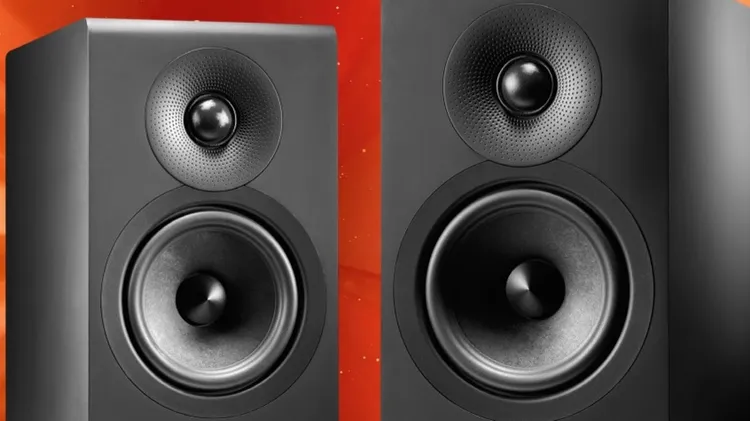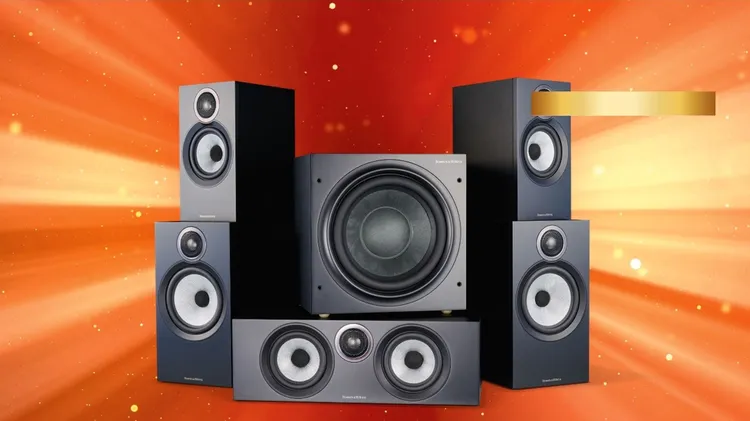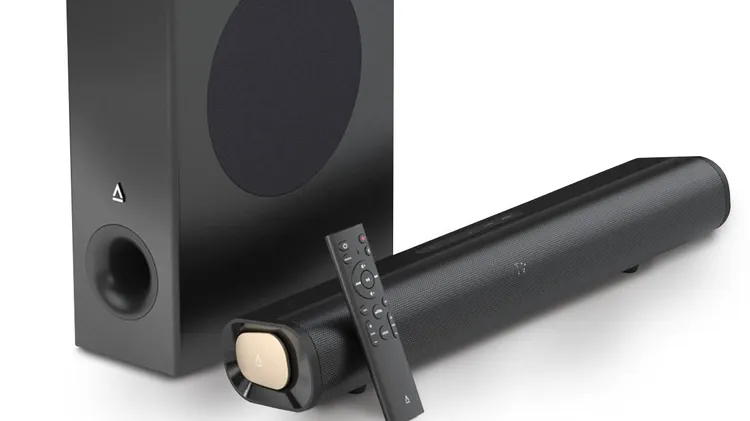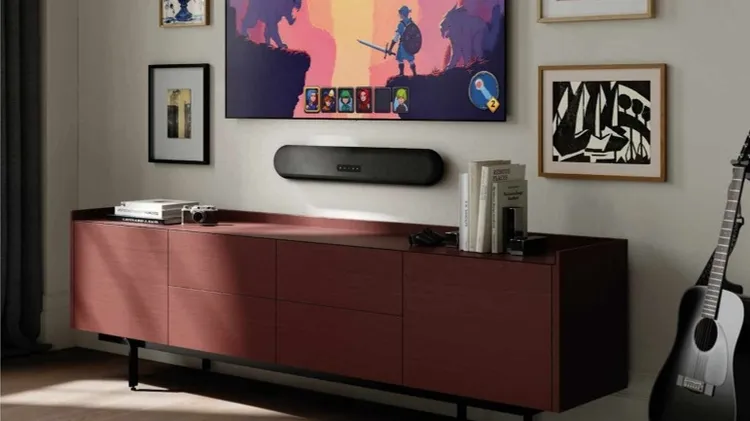Prodigies indeed, these newcomers have what it takes to trouble the class leader
Pmc prodigy 1
5 min read
This article is from...
Read this article and 8000+ more magazines and newspapers on Readly






